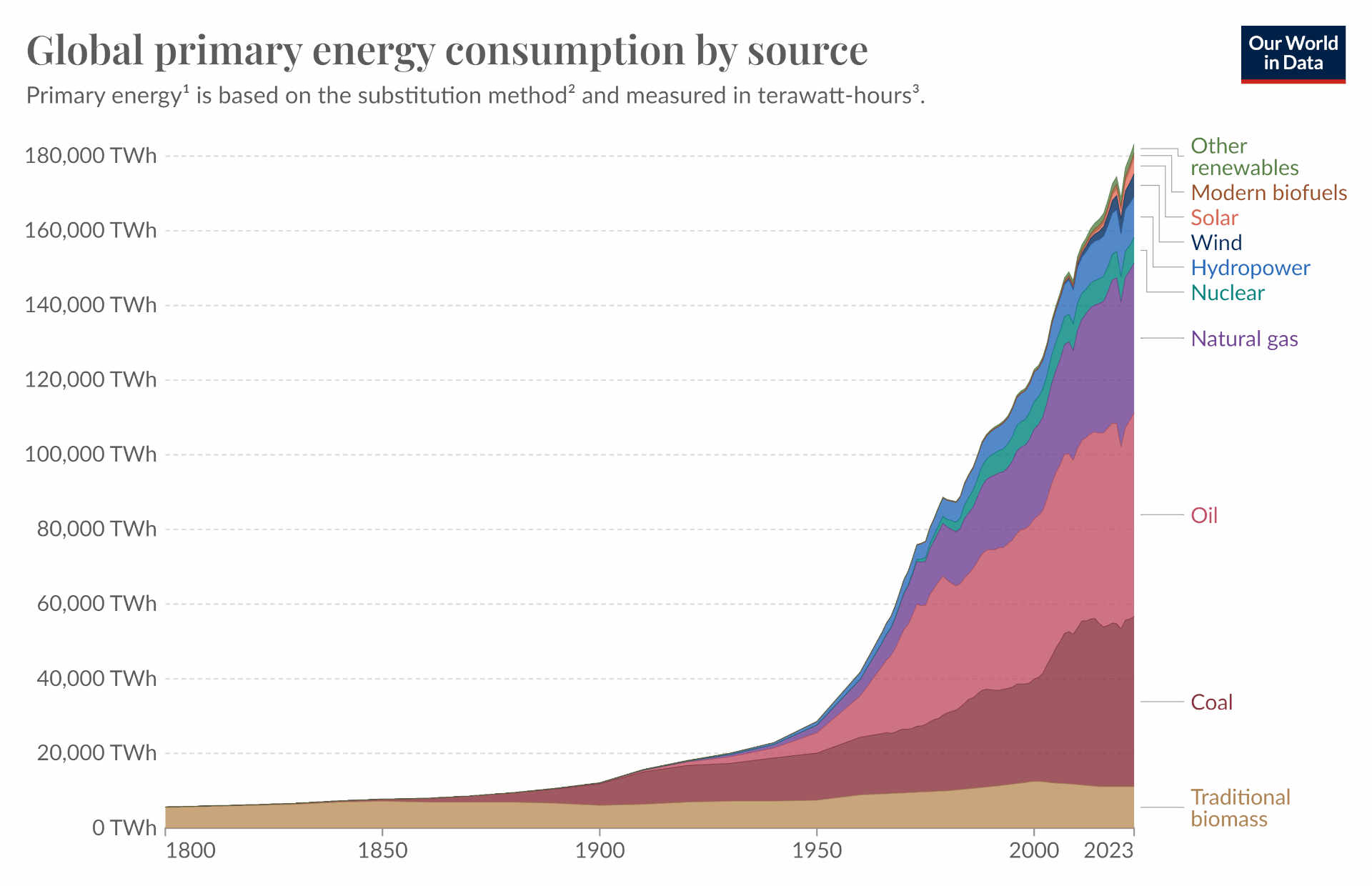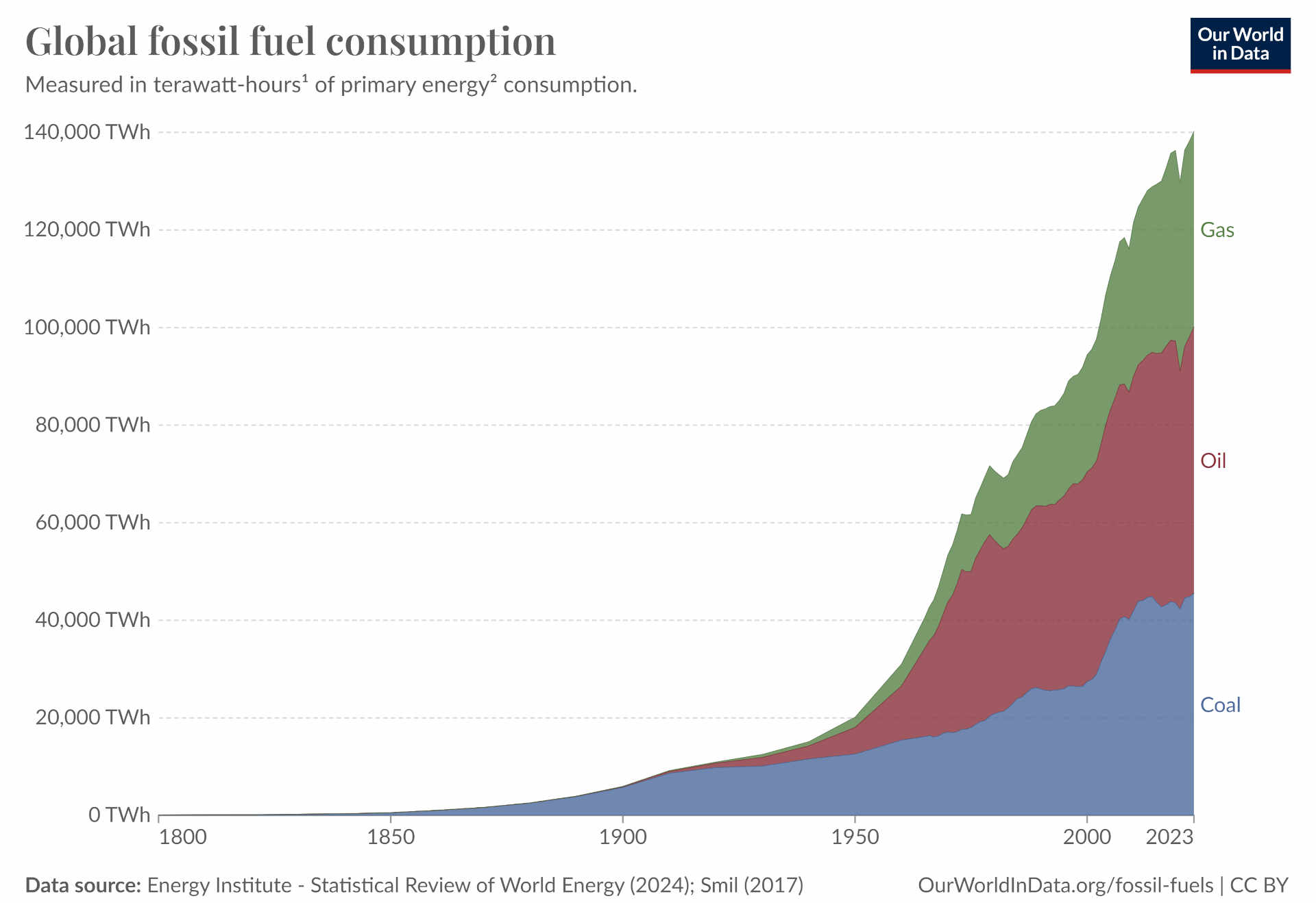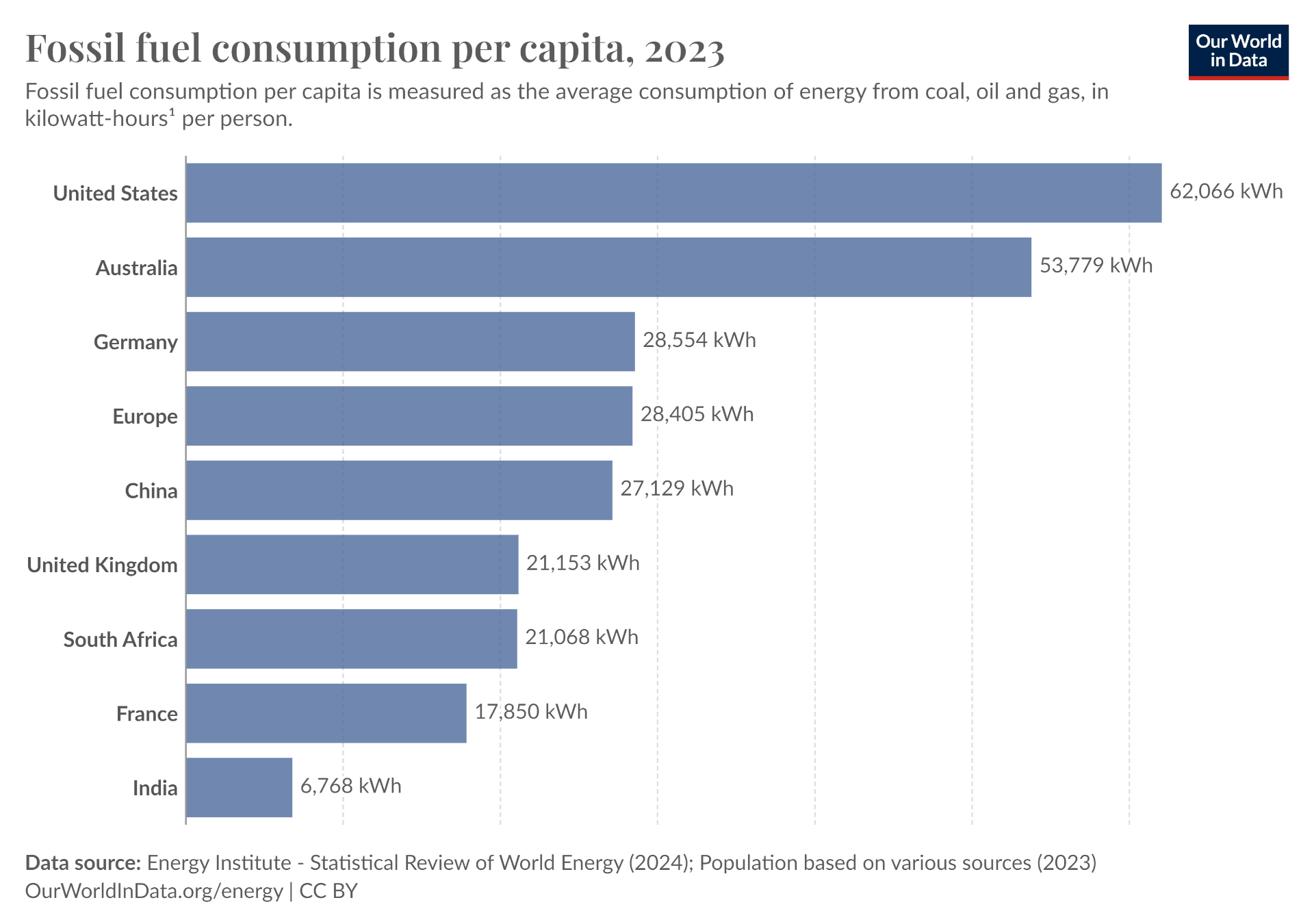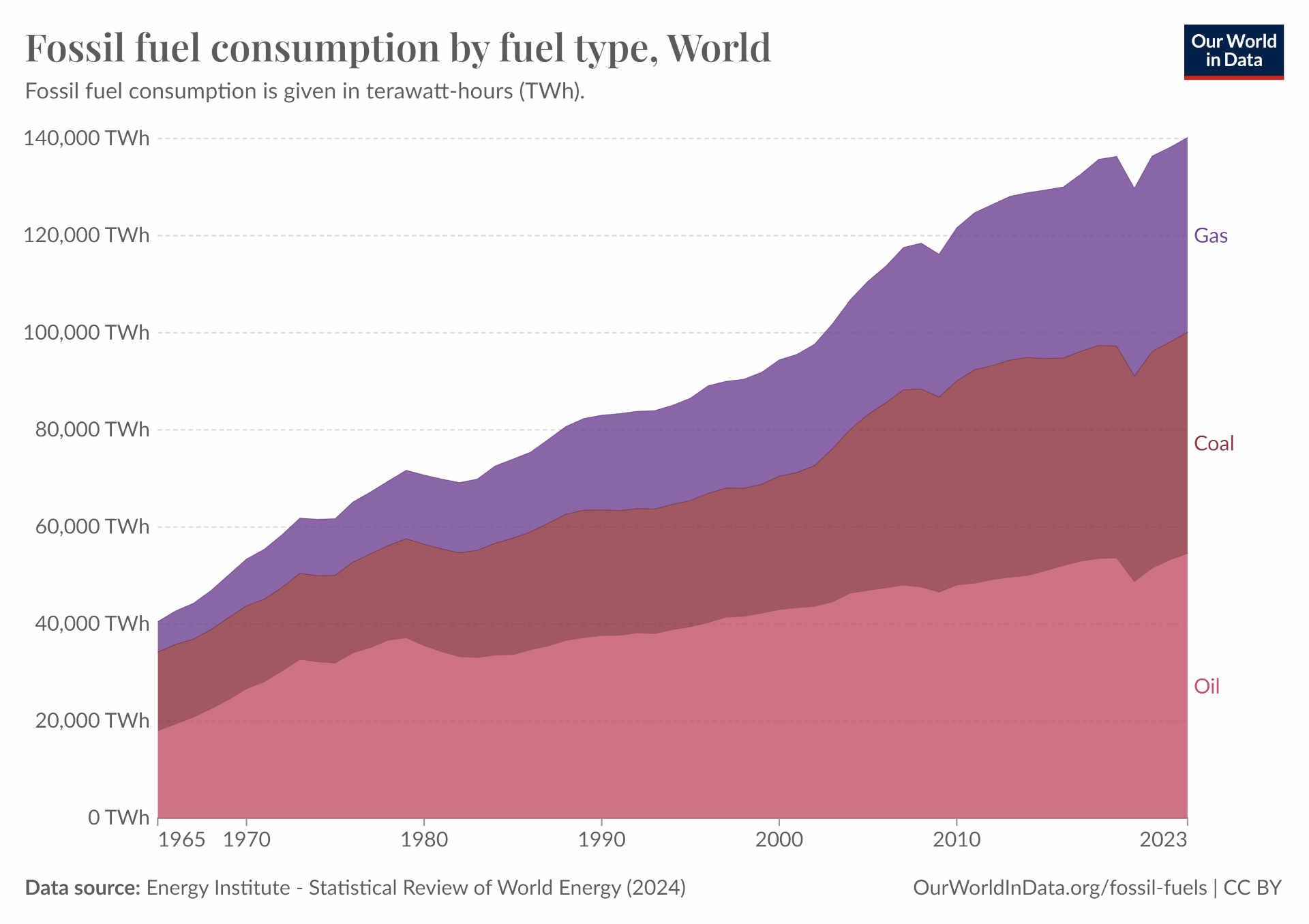
Fossil fuel: types, uses, and environmental impact
Fossil fuels are non-renewable energy sources originating from decomposing plants and animals. These fuels can be found in both onshore and offshore locations in the Earth's crust. Since fossil fuels are rich in carbon and hydrogen, they can be burned for energy production. Our article covers all you need to know on this subject.
What are fossil fuels?
Fossil fuels are frequently at the centre of intense political and scientific discussions. But what are they exactly, and why is their application such a critical issue? To delve into the topic, we first need to define the meaning of fossil fuels.
Fossil fuel is a
- non-renewable energy source,
- originating from the decomposing bodies of animals and plants,
- abundant in carbon and hydrogen, and
- used for energy generation through mostly burning.
What is fossil fuel used for?
Humans relied on limited energy sources for over two hundred thousand years: primarily muscles and the burning of wood and other materials. However, during the Industrial Revolution, technological innovations made fossil fuels available for use, leading to a significant boost in technological and industrial advancements.
Today, fossil fuels stand as the most utilized energy source, fundamental to our modern way of life.

Our consumption of fossil fuels has dramatically risen over the years.

The chart below illustrates which countries consume the most fossil fuels per capita.

Natural gas, coal, and oil are the most widely utilized fossil fuels.

What are fossil fuels used for?
While most people know that energy can be derived from fossil fuels, far fewer understand the exact steps of energy production. Non-renewable energy sources are typically utilized in power plants, and the precise process unfolds as follows:
- Fossil fuels are burned.
- Burning the fuels generates steam.
- The steam drives turbines.
- Generators are connected to the turbines.
- Finally, the turbine drive generates electricity.
Additionally, there are numerous other applications, such as:
- Serving as fuel for vehicles.
- Providing energy for buildings or households through gas-operated systems.
- Utilization as fuel in thermal power plants, coal-fired power plants, gas power plants, oil power plants, or waste-to-energy plants.
Fossil fuel types
Fossil fuels come in various shapes and forms, encompassing:
- Coal
- Petroleum
- Natural gas
- Oil shales
- Bitumens
- Tar sands
- Heavy oils
For the sake of focus, we will center our attention on the most commonly used forms of fossil fuel.
Natural gas
Natural gas, the most environmentally friendly fossil fuel, provides approximately a quarter of the energy in the European Union and the United States of America. It is an odorless, colorless, flammable, and non-toxic hydrocarbon that can be utilized for energy production, heating, transportation, and manufacturing.
Coal
Coal, a widely used fossil fuel rich in carbon and hydrocarbons, requires combustion to release its energy. It contributes around 44 TWh of energy to the world.
Petroleum (oil)
Due to heat and high pressure in the deep layers of the Earth, plant and animal remains can transform into crude oil or petroleum over billions and billions of years. There are onshore and offshore natural gas and oil deposits all over the globe. Several fuels can be created from crude oil through chemical refinement.
How can fossil fuels help the transition to renewable energy sources?
Though fossil fuels serve various purposes, none mitigates the emission of harmful byproducts generated during combustion, resulting in environmental pollution, greenhouse gas emissions, and global warming. Consequently, nations have initiated measures to reduce fossil fuel usage, as evidenced by the Kyoto Protocol and the Paris Agreement on climate.
Undoubtedly, significant favourable changes have been initiated in recent years. However, these appear insufficient as the infrastructure developed over centuries is much more advanced for fossil energy. Hence, it is easier and more cost-effective to use than alternative sources like nuclear energy or various renewables (e.g., solar energy, wind energy, biomass).
It is likely, therefore, that the real breakthrough will come with the depletion of the most important fossil energy carriers, possibly occurring within the lifetime of the younger generation. Unquestionably, this will greatly benefit our planet; the major question remains whether we, as humans, will be technologically and economically prepared for it.
Learn more about the pros and cons of fossil fuels!
Conclusion
Fossil fuels form from ancient organic matter deep within the Earth and take millions of years to generate, making them non-renewable. As reserves dwindle (expected in less than half a century), the shift to renewable energy is crucial. However, this transition faces technological and economic hurdles.
